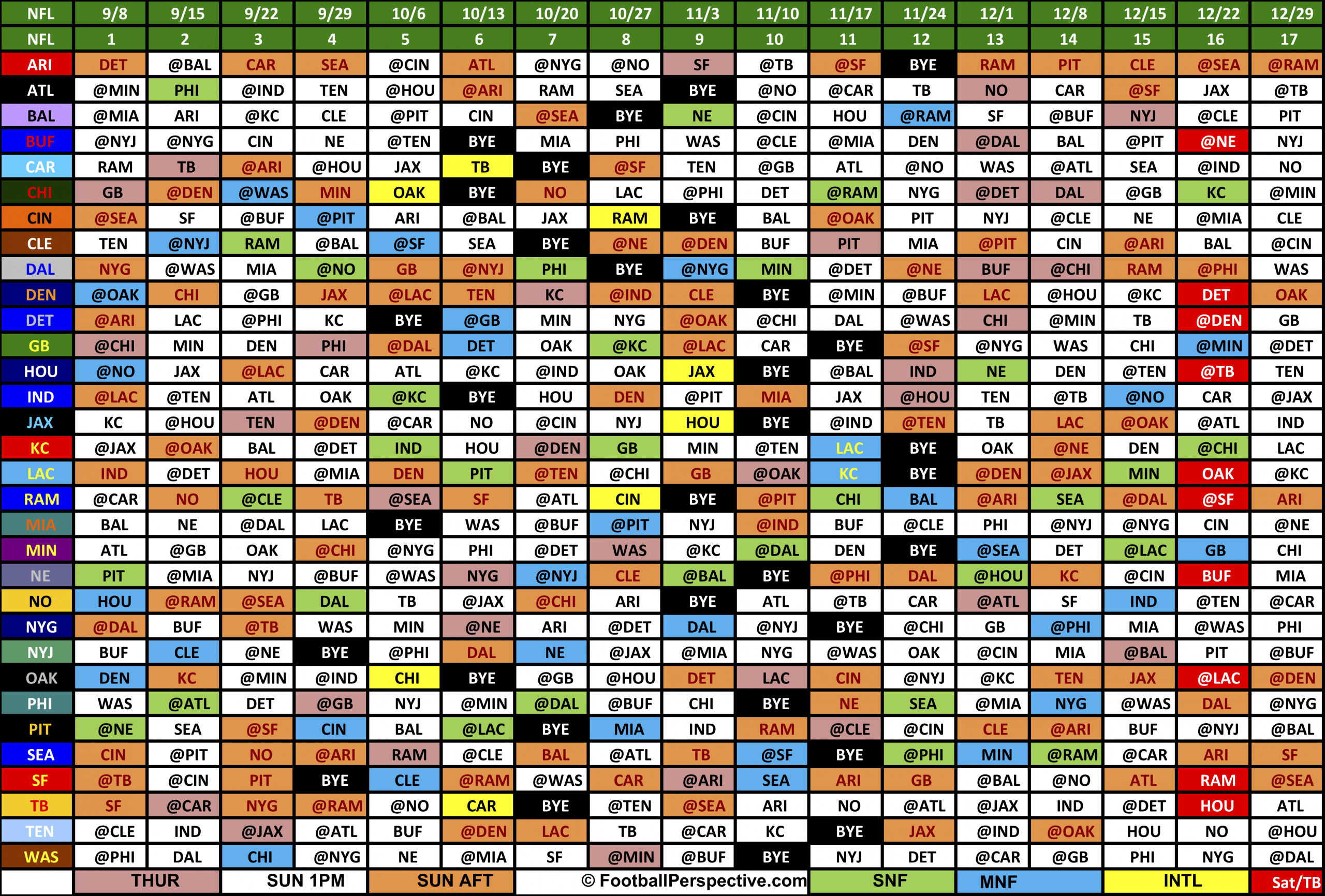From an app-security perspective, this method of accessing random parameters from the stack can be used when you have a potential format string … As the material says, using %hhn will be a better way, get rid of so many bytes. · adding to ctxs answer, the value 4 comes from the length of the string before the parameter %n; Plt. legend([l1, l2, l3],[hhz 1, hhn, hhe]) plt. show() note that you pass to legend not the axes, as in your example code, but the lines as returned by the plot invocation. In this case, its … Aside from %hn and %hhn (where the h or hh specifies the size of the pointed-to object), what is the point of the h and hh modifiers for printf format specifiers? For that, we use the format directive flag h, which specifies using the half the format.
Hhn Hours Of Operation: Complete 2024 Schedule Revealed!
From an app-security perspective, this method of accessing random parameters from the stack can be used when you have a potential format string … As...









